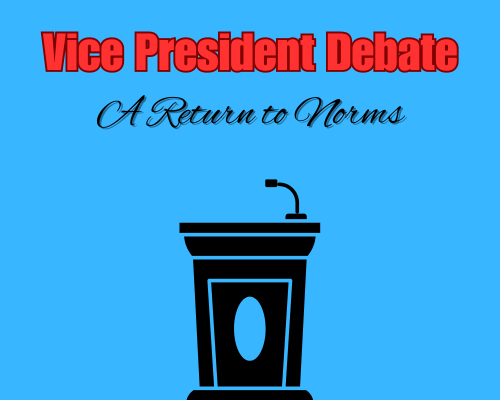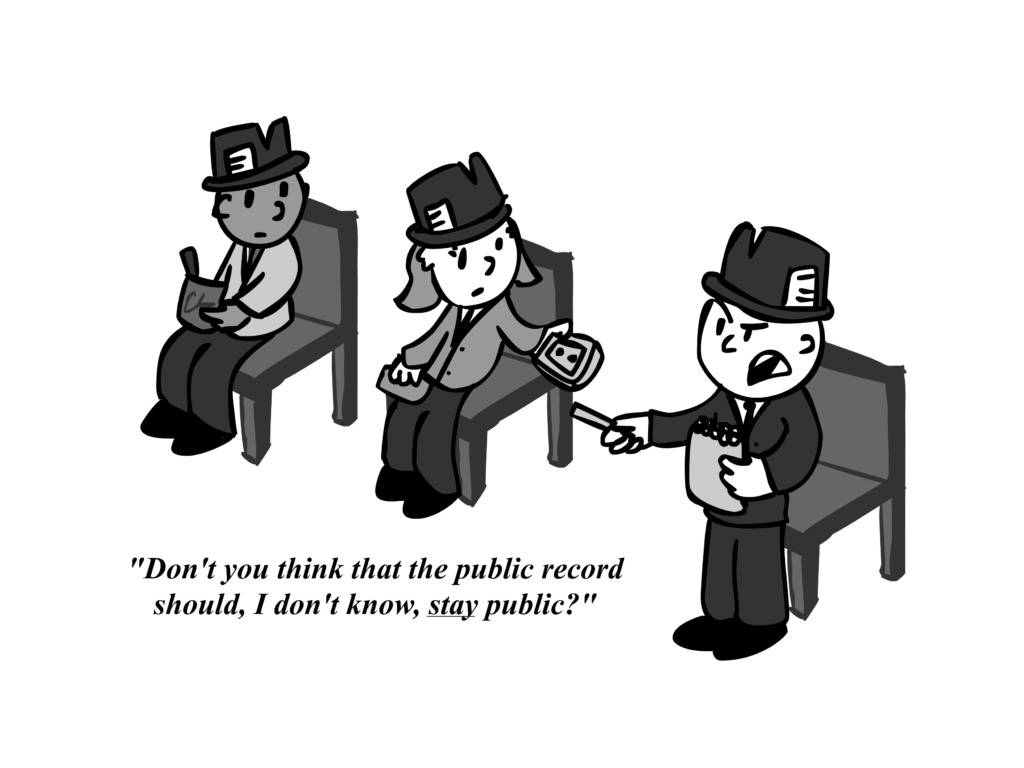Lining the back wall of Studio B at the WKMS radio station is a bookcase heavily stocked with vinyl in pastel colors, muted over the wear of time.
For some reason these were the voices that told me this was my kind of place. It wasn’t until my first year of graduate school, even through a full four years of undergraduate studies at Murray State that I realized the Price Doyle Fine Arts building even had an eighth floor.
For so long I had thought the building magically dissipated after the sixth.
I’m an intern at WKMS, now, and there’s something about being in the presence of all this vinyl that makes it feel like I’m in a perpetual summer.
It’s similar to the way I feel getting lost in the stacks, waiting to be found by a book I’ve never read.
It turns out I’m not the only one with a soft spot for vinyl. While illegal downloading and digital streaming have hit the music industry hard, vinyl sales keep going up.
In 1993, 300,000 albums were sold, as opposed to 9.2 million albums in 2005. And that number has risen each year since. Why? With the impeccable sound quality that digital technology offers, why are so many of us opting for a reversion back to dated technology?
Vinyl is an experience. This is something I learned between my time at WKMS and listening to the Black Keys on my husband’s turntable. Thank god I married him and his Crosley.
When I pick a record to play, it’s a personal experience. It’s like I’m physically sifting through potential versions of my next hour, deciding on which colored lenses through which I want to view the next portion of my day.
A vinyl album is an experience in its own right, created intentionally by the artist. The artist crafted a narrative, from the moment you’re introduced to the cover to the moment you subject your emotions to the lineup of carefully chosen tracks.
When you purchase a song off of iTunes, you’re extracting a single sentence from the entire story. You’re missing out on what the artist intended.
When you purchase a song, or even an entire album on iTunes, what do you really own, anyway? A novel of binary code? A vinyl record is fully yours. You can hold it, feel it. It’s completely there, emanating a physical presence.
Owning vinyl is about the collection. It’s about entering a record shop and spending as much time as you’d like searching for new vinyl stories to add to your repertoire – your collection of life experiences.
You’re asking, “Whose story do I want to fuse with mine?”
This is why I love vinyl so much:
I sort through our small library of albums, this time choosing the Coldplay “X&Y” album. The needle hits the groove, and the crackle I hear seems to pop on my skin.
The popping turns into butterflies in my stomach as I imagine I’m approaching the top of a narrow staircase, my dad waiting in a white button-up and black tie.
I feel like I’m hyperventilating as the record softly plays “Till Kingdom Come” and I have to carry my body and the 30 pounds of white dress hanging on me up the next three steps.
I take his hand and he leads me to the closed doors. I can hear the muffled sound of my record playing and the shuffling of 150 people standing to their feet. I close my eyes and focus on the words I hear, “For you I’d wait ‘till Kingdom come …”
This is why I love vinyl.
So, why is vinyl making a comeback despite the technological obstacles? Because people want to experience their music, not just listen to it. When the needle hits the groove, making that initial crackling sound, you can feel it.
You can see the record spin. Watch it. It’s not just the music you’re in for.
Column by Kaylan Thompson, Graduate student from Murray































































































